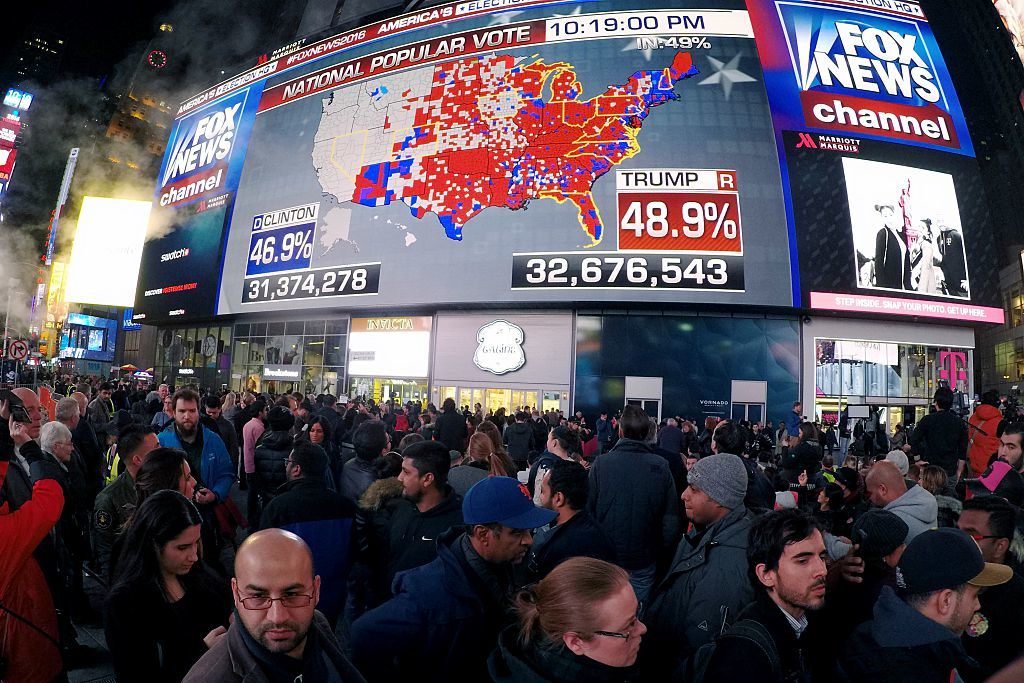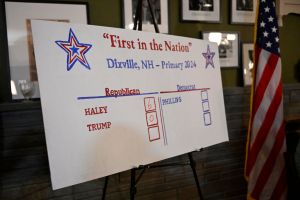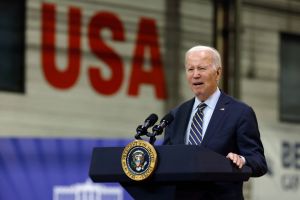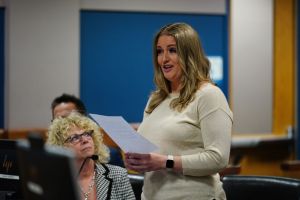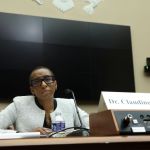It’s a difficult time to be a pollster. For roughly 40 years, phone surveys have been the go-to polling method. Now, the internet is marking its territory.
Just six percent of Americans answered phone surveys in 2018, continuing a steady decline in the new millennium that experts attribute to increasing instances of spam calls. Pew Research found little correlation between polling response rates and accuracy, but there are lingering concerns over the cost of these studies.
‘For phone surveys the trend line up in cost and trend line down in participation are problematic,’ Courtney Kennedy, director of survey research at Pew, told me. ‘In five to ten years, if not sooner, those trends may not be sustainable. For now, though, live phone polls can still perform well when conducted carefully and rigorously.’
There’s room for optimism too, as polling for the 2018 midterm elections was some of the most accurate in recent decades, according to FiveThirtyEight. Pollsters also like to note that while many statewide surveys for the 2016 presidential election proved to be inaccurate, the national polling numbers were nearly spot on. What was unusual, at least by historical standards, was the prevalence of online polling.
Online polling consisted of nearly half of survey data for the 2016 election. Why pivot from proven phone methods of polling? The transition has little to do with accuracy and a lot to do with cost. Labor costs for phone surveys can be expensive, especially as fewer people are answering their phones.
‘Online opt-in polls have basically flooded the zone’ Kennedy told me. ‘There is more low-quality polling out there than ever before.’
Phone surveys have generally been proven to better predict elections than popular online methods. While phone surveys traditionally use random digit dialing to ensure respondents reflect the studied demographic, cheap online methods require respondents to opt-in to a survey. This method often results in pollsters having to heavily weight their findings to ensure they reflect the tested population, which can lead to skewed results.
[special_offer]
There is one area in which online polls have a distinct advantage. Respondents sometimes answer differently when being interviewed rather than filling out an online survey due to certain social pressures. Hillary Clinton performed notably better against Donald Trump in 2016 when only accounting for live polls.
This advantage, known as the ‘mode effect’, has led top pollsters to adjust. Pew Research recently transitioned primarily to a probability-based online method. Rather than using the cheap opt-in method of most online polls, this method recruits respondents offline through address-based sampling. Randomly selected respondents can then take the survey on their favorite device. And if they don’t have internet access, pollsters will provide them with a device. This combines the demographic accuracy of random sampling and the privacy of online polling.
There is no clear consensus among pollsters as to whether the growth of online polling will be beneficial in the long run. What’s agreed upon is that online surveys will continue to expand as phone surveys decline. As a result, online pollsters are looking for innovative, cheaper ways to find accurate results.
YouGov emerged as a leading force in American political polling through its method of individually selecting online respondents to better reflect the studied population. VoteCast combined probability-based phone surveys and opt-in online methods for its 2018 midterm survey, resulting in a fairly accurate prediction.
Rafał Ohme, the founder of a global research company called NEUROHM, told me his company aims to revolutionize online surveys by converging methods of business intelligence and neuroscience. The company’s ‘Smart Test’ calculates response time into its findings to help identify honest, enthusiastic answers that better predict human behavior. The tests take only minutes and include a calibration phase to establish an individual baseline of response time before the main survey.
‘To better advise, personalize or predict you need to know what we really feel and not just what we say,’ Ohme, who also works as a professor at Stellenbosch University in Cape Town, South Africa, told me. ‘You need a “security ribbon” that authenticates information you receive from people. I believe our Smart Tests bridges the gap between the “Old World” and the “New Normal World”.’
NEUROHM uses a probability-based sample for its testing. Ohme, a recipient of the Polish President’s and Prime Minister’s awards for his work, expressed a sense of optimism for the polling industry in the ever-changing digital world.
‘Public opinion research as we’ve known for a century will soon be replaced with a continuous feedback intelligence,’ he told me. ‘The former is ad hoc, quarterly or monthly, the latter is a constant streaming of data that instantaneously provides actionable insights.’
